22 Amazing Places To Visit In The Balkans
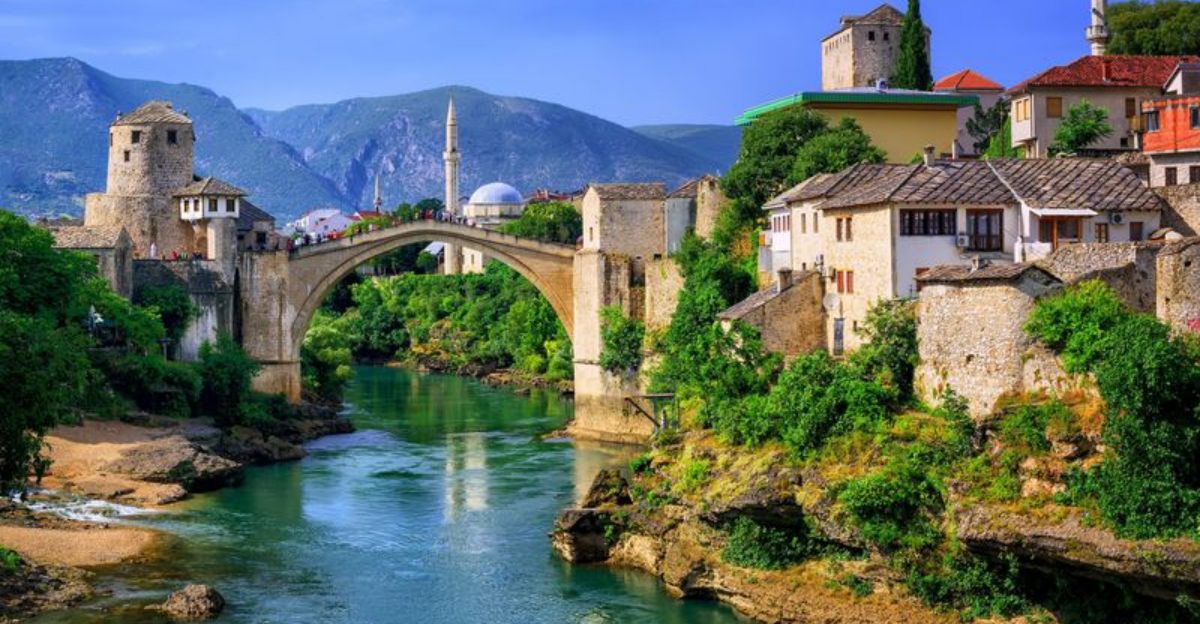
The Balkans region offers a treasure trove of hidden gems waiting to be explored. From ancient ruins and medieval castles to pristine beaches and rugged mountains, this southeastern European peninsula has something for every traveler.
I’ve gathered some of the most breathtaking destinations that showcase the rich history, diverse cultures, and natural beauty of this often-overlooked corner of Europe.
1. Plitvice Lakes National Park, Croatia
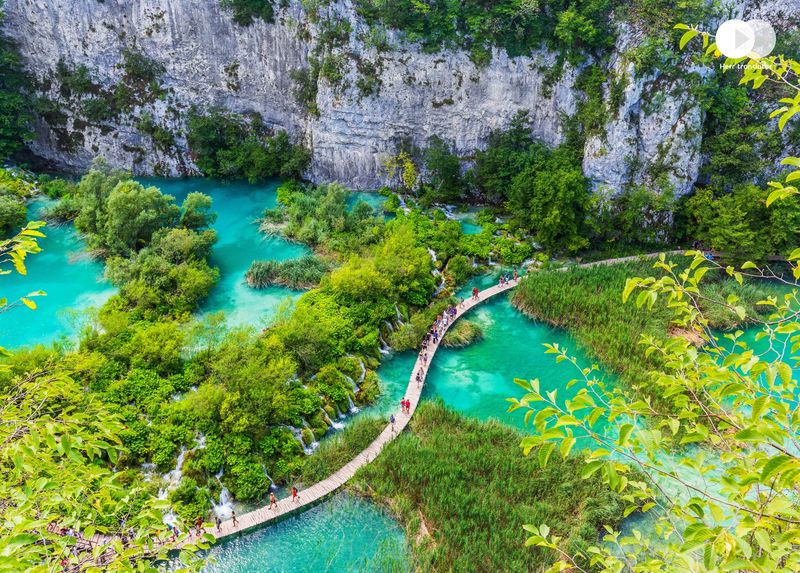
Ever seen waterfalls that look like they’re straight out of a fairy tale? Croatia’s oldest national park features 16 terraced lakes connected by stunning waterfalls that change colors throughout the day.
Wooden walkways wind through the park, bringing you close enough to feel the spray from the cascades. The pristine waters shift between azure, green, and gray depending on mineral content and sunlight.
Summer brings crowds, so consider visiting in spring or fall when the colors are most vibrant and you’ll have more space to soak in the natural beauty.
2. Lake Bled, Slovenia
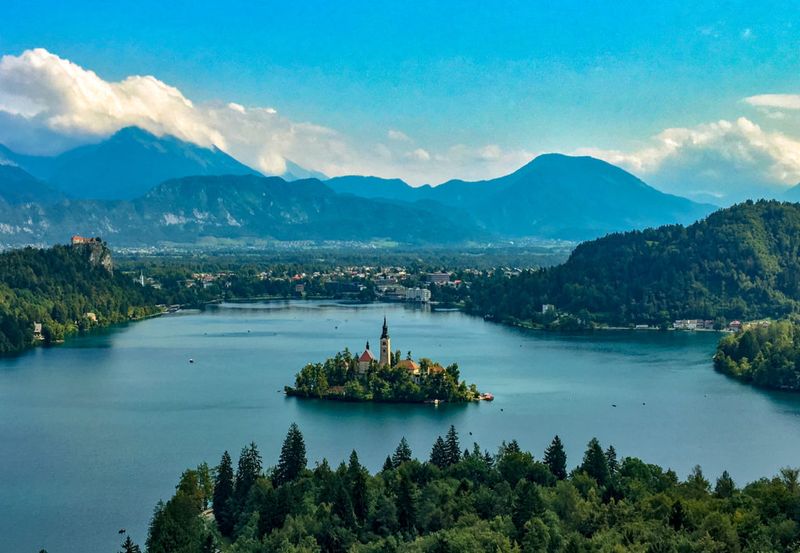
Imagine a tiny island with a church sitting in the middle of a crystal-clear lake, surrounded by mountains and overlooked by a medieval castle. That’s the magic of Lake Bled, one of Slovenia’s most picturesque spots.
Traditional wooden boats called pletnas ferry visitors to the island where you can ring the wishing bell inside the church. For the best views, hike up to Ojstrica viewpoint early in the morning.
Don’t leave without trying Bled’s famous cream cake, a delicious local dessert that’s been made the same way since 1953!
3. Mostar, Bosnia and Herzegovina
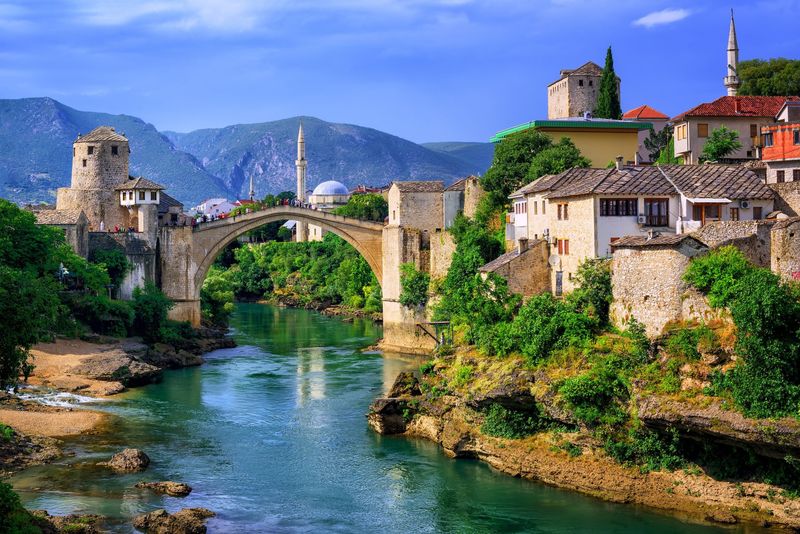
The famous Stari Most (Old Bridge) arches gracefully over the emerald Neretva River, creating one of the most iconic scenes in the Balkans. Rebuilt after being destroyed during the 1990s war, this 16th-century Ottoman bridge symbolizes reconciliation and hope.
Wandering through Mostar’s cobblestone streets reveals a fascinating blend of cultures. The call to prayer mixes with church bells while copper artisans hammer away in tiny workshops.
If you’re lucky, you might see local divers plunging from the 24-meter-high bridge into the cold river below – a tradition dating back generations.
4. Meteora, Greece
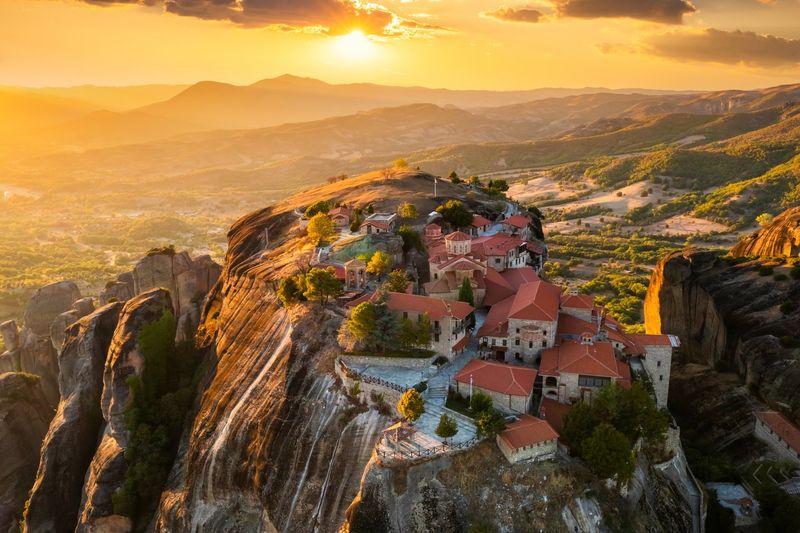
Would you believe monks built monasteries on top of massive rock pillars rising hundreds of meters into the sky? In Meteora, they did exactly that, creating one of the most spectacular religious sites in the world.
Six monasteries remain active today, perched precariously on natural sandstone towers. Originally, monks used ropes and nets to transport people and supplies up – thankfully, there are stairs now!
The name Meteora means “suspended in air,” and when morning mist swirls around these ancient structures, you’ll understand why. It feels like you’ve stepped into another dimension.
5. Kotor, Montenegro
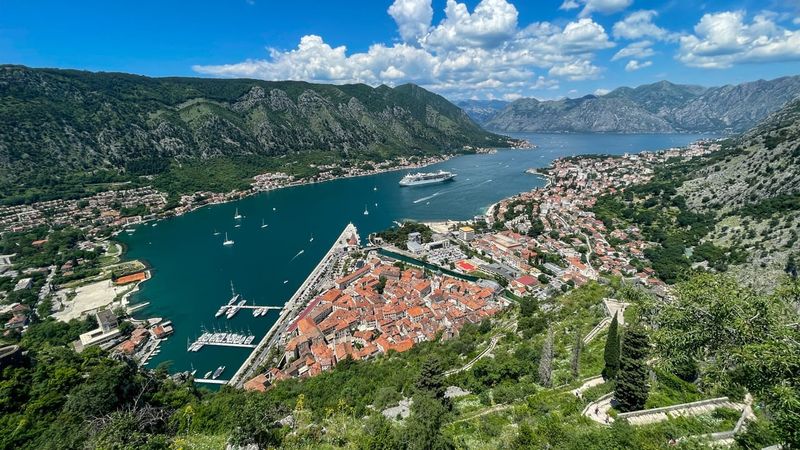
Nestled at the end of southern Europe’s deepest fjord lies the medieval walled town of Kotor. Its narrow, winding streets form a maze where it’s actually fun to get lost among centuries-old stone buildings and hidden squares.
For the most breathtaking views, climb the 1,350 steps up to San Giovanni Fortress. The sweat is worth it when you see the bay spreading out below, with red-roofed houses contrasting against the deep blue water.
Cats rule this town – they’re everywhere! Considered Kotor’s guardians, these feline residents even have their own museum dedicated to them.
6. Dubrovnik, Croatia
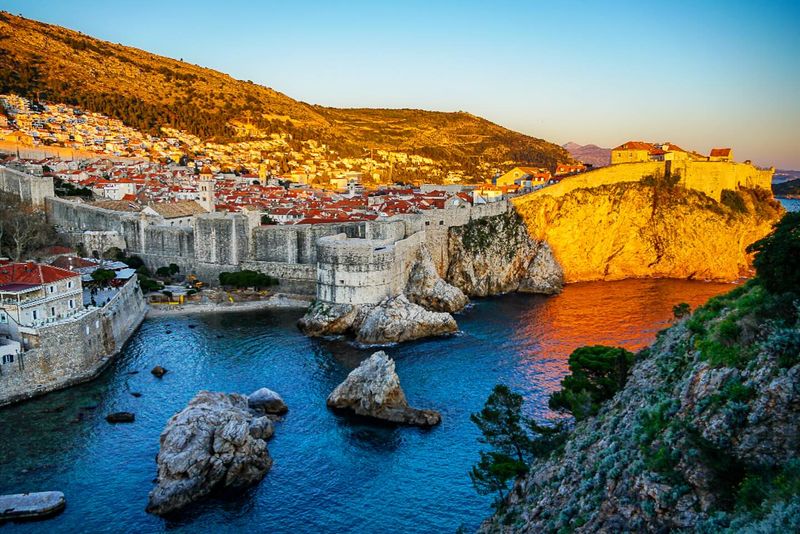
Game of Thrones fans will instantly recognize this stunning coastal city as King’s Landing. The massive stone walls encircling Dubrovnik’s Old Town have protected it for centuries, and walking the full circuit offers spectacular views of terracotta rooftops against the azure Adriatic.
Marble streets shine like mirrors from centuries of footsteps polishing them smooth. Duck into side alleys to discover hidden restaurants serving fresh seafood and local wines.
Morning is the best time to explore before cruise ship crowds arrive. Or visit during sunset when the limestone walls glow golden and the city transforms into a magical place.
7. Sarajevo, Bosnia and Herzegovina
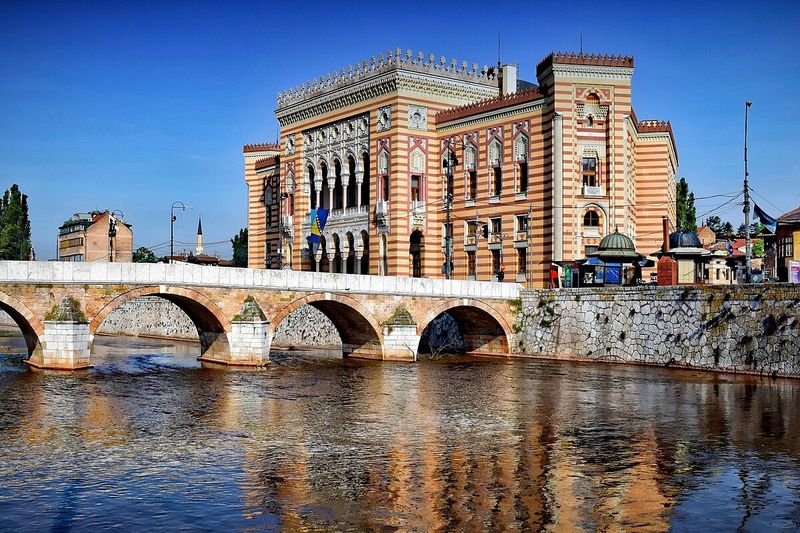
Where else can you stand in one spot and see a mosque, Catholic church, Orthodox church, and synagogue all within a few hundred meters? Sarajevo’s fascinating mix of cultures earned it the nickname “Jerusalem of Europe.”
History comes alive at every corner – from the bridge where Archduke Franz Ferdinand was assassinated (triggering WWI) to the Tunnel of Hope that provided a lifeline during the 1990s siege. The contrast between Ottoman bazaars and Austro-Hungarian buildings creates a unique cityscape.
Try ćevapi (grilled meat fingers in bread) from a street vendor while watching the sunset over the surrounding mountains. The food here is incredible!
8. Rila Monastery, Bulgaria
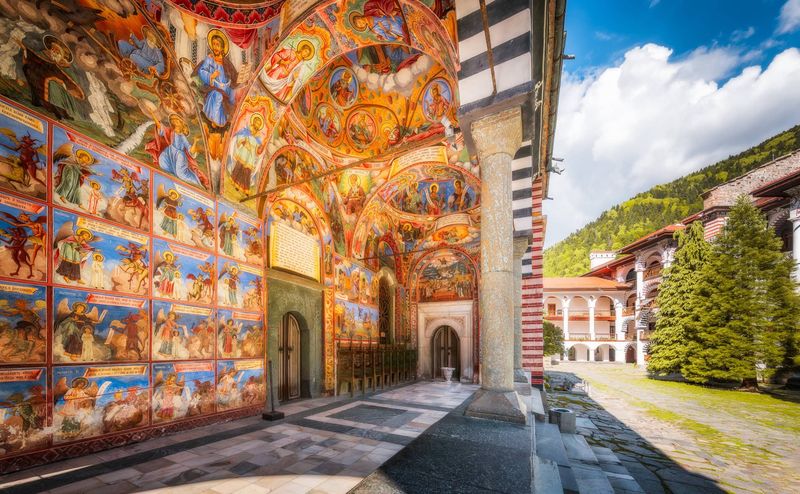
Hidden deep in Bulgaria’s forested mountains sits one of the most colorful religious buildings you’ll ever see. Founded in the 10th century, Rila Monastery’s vivid frescoes, striped arches, and bright domes make it a photographer’s dream.
Step inside to discover incredible woodcarvings and religious art that survived Ottoman rule. The monastery’s most precious possession is the cross carved by monk Rafail using microscopic tools – it contains 104 religious scenes and 650 tiny figures!
After exploring, many visitors hike to nearby natural hot springs. The peaceful mountain setting makes it easy to understand why monks chose this remote location for spiritual contemplation.
9. Ohrid, North Macedonia
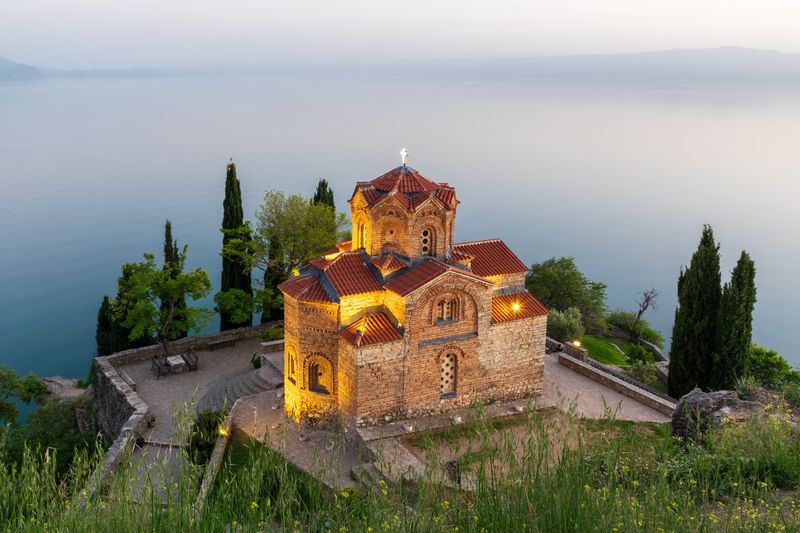
Did you know Europe has its own “Jerusalem”? With 365 churches (one for each day of the year, locals say), Lake Ohrid and its main town blend spiritual heritage with natural beauty in a way few places can match.
Crystal clear waters lap against the shores of one of Europe’s oldest and deepest lakes. The Church of St. John at Kaneo perches dramatically on a cliff above the water, creating the town’s most iconic image.
Summer brings perfect swimming conditions and lively waterfront restaurants. Don’t miss trying the local specialty – Ohrid trout – while watching the sun set over Albania’s mountains across the lake.
10. Transylvania, Romania
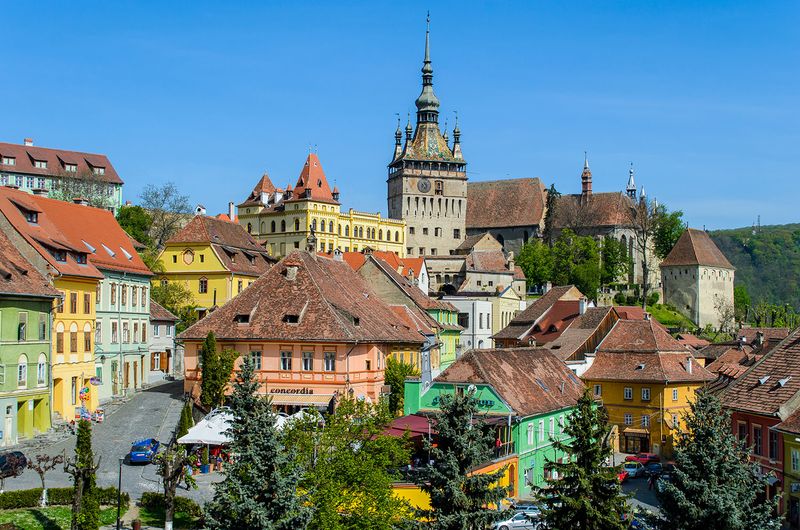
Forget what you’ve seen in vampire movies – the real Transylvania is even more enchanting! Rolling hills dotted with medieval towns, fortified churches, and castles make this region feel like a living fairy tale.
Bran Castle, often associated with Dracula, draws crowds, but the real gems are places like Sighișoara – a perfectly preserved medieval citadel with cobblestone streets and colorful houses. The clock tower has stood guard since the 14th century.
Rural life continues much as it has for centuries in surrounding villages. Horse-drawn carts share roads with cars, and many families still make cheese, bread, and țuică (plum brandy) using traditional methods.
11. Bay of Kotor, Montenegro
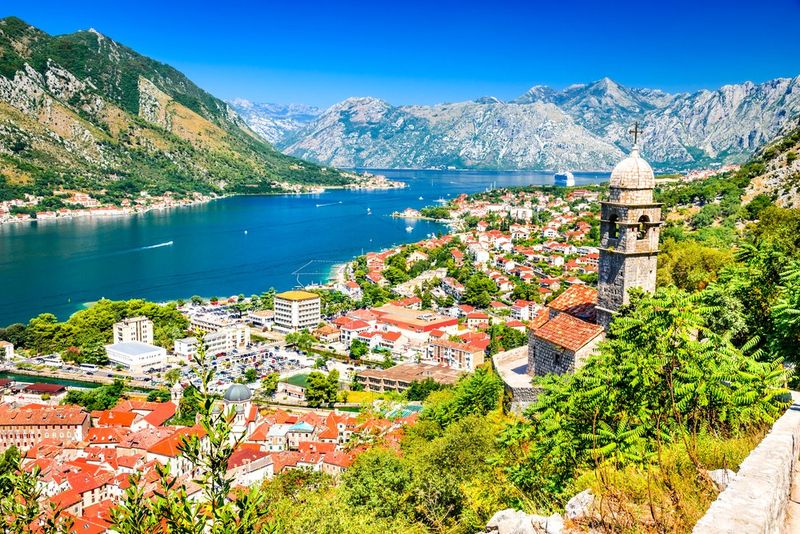
Sometimes mistakenly called Europe’s southernmost fjord, this winding bay actually formed when the sea flooded a river valley. The result? One of the most dramatic coastal landscapes you’ll ever see.
Tiny villages cling to the shoreline beneath towering limestone cliffs that plunge straight into deep blue waters. The road circling the bay offers endless photo opportunities, with each bend revealing another postcard-perfect view.
For an unforgettable experience, climb the 1,350 steps to Kotor’s fortress at sunset or take a boat to Our Lady of the Rocks – a tiny artificial island built by local sailors dropping stones at the same spot for centuries.
12. Belgrade, Serbia
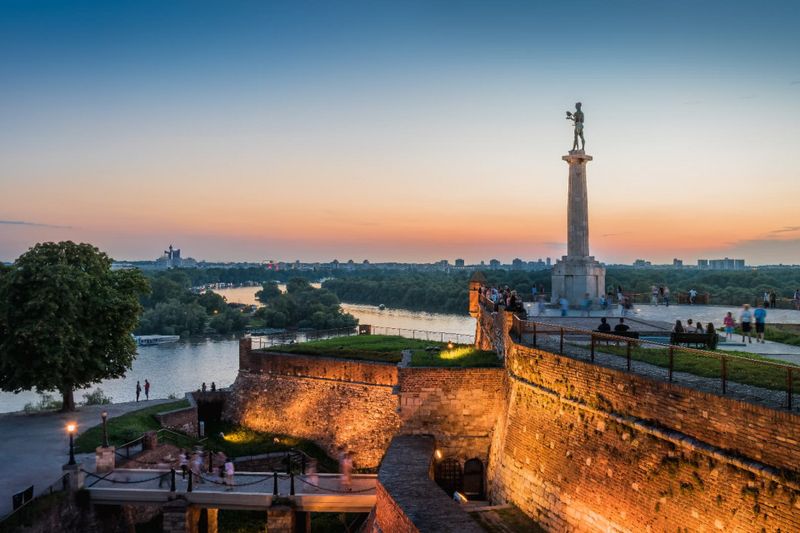
Where the Sava and Danube rivers meet stands one of Europe’s oldest continuously inhabited cities – and also one of its most underrated. Belgrade doesn’t try to be pretty; instead, it offers something more authentic: incredible energy.
Kalemegdan Fortress provides a peaceful green escape above the rivers, while Skadarlija’s cobblestone street brims with traditional restaurants and live music. The contrast between Habsburg and Ottoman influences creates a fascinating architectural mix.
After dark is when Belgrade truly comes alive. Floating clubs called splavovi line the riverbanks, hosting some of Europe’s best nightlife that doesn’t wind down until sunrise.
13. Skopje, North Macedonia
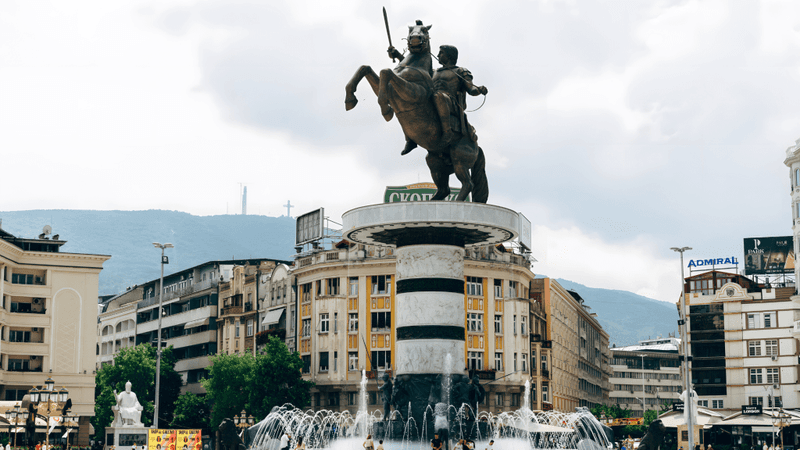
Walking through Skopje feels like entering two completely different cities at once. The Ottoman-era Old Bazaar transports you centuries back with its narrow lanes, traditional workshops, and tea houses filled with the scent of Turkish coffee.
Cross the Stone Bridge, and suddenly you’re surrounded by brand-new neoclassical buildings and dozens of statues – part of a controversial project to give the city a more monumental feel. The massive statue of Alexander the Great dominates the main square.
Just outside town, Matka Canyon offers a perfect nature escape. Rent a kayak to explore the gorge and visit ancient cave churches hidden along the emerald water.
14. Budva Riviera, Montenegro
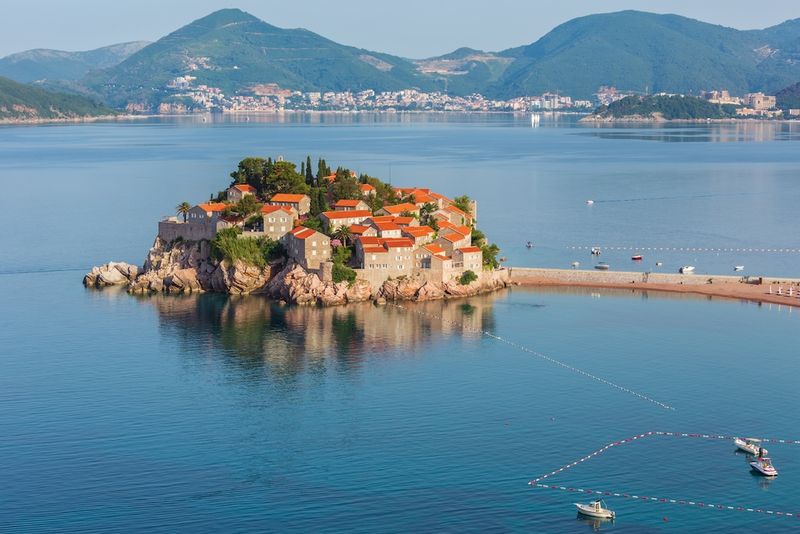
Sun-seekers flock to this stretch of Adriatic coastline for its perfect combination of beautiful beaches and historic charm. Budva’s walled Old Town sits on a peninsula, its narrow streets filled with seafood restaurants and boutiques.
Just down the coast, Sveti Stefan presents one of the Balkans’ most photographed scenes – a former fishing village on a tiny islet, now transformed into a luxury resort. The contrast of terracotta roofs against turquoise water is simply stunning.
Beach options range from crowded party spots to hidden coves accessible only by boat. For the best experience, visit in June or September when the water’s warm but the summer crowds have thinned.
15. Pelješac Peninsula, Croatia

Wine lovers, take note! This narrow finger of land produces some of Croatia’s finest reds from the Plavac Mali grape. Family-run wineries dot the steep, sunny slopes where you can sample wines with stunning sea views.
Between tastings, discover hidden beaches with crystal-clear water. Mali Ston Bay at the peninsula’s base is famous for oyster and mussel farms – the seafood doesn’t get any fresher than this!
The medieval walls of Ston, built to protect valuable salt pans, stretch for 5.5 kilometers, making them Europe’s longest preserved fortification walls after the Great Wall of China. Climbing them offers spectacular views of the surrounding countryside.
16. Shkodra, Albania
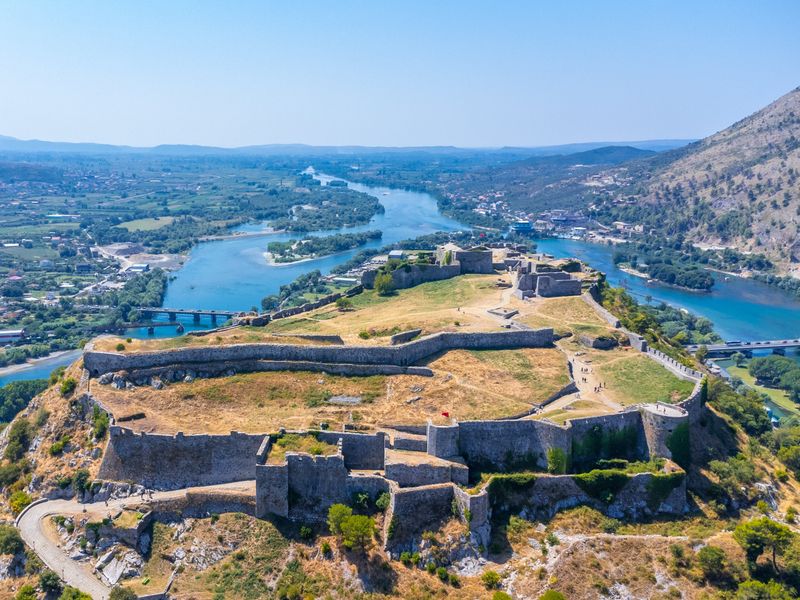
At the southern end of the largest lake in the Balkans sits one of Albania’s oldest cities, often overlooked by travelers but rich in history and natural beauty. Rozafa Castle, perched dramatically on a rocky hill, offers panoramic views of the lake, rivers, and mountains.
Cycling is the perfect way to explore – pedal through the flat city center with its Italian-influenced architecture and lively pedestrian zone. Then continue along the lakeshore where fishermen use traditional methods their ancestors would recognize.
Albanian hospitality shines here – locals often invite visitors for coffee or raki (grape brandy). The food blends Mediterranean and Balkan influences with plenty of fresh fish from the lake.
17. Maramureș, Romania
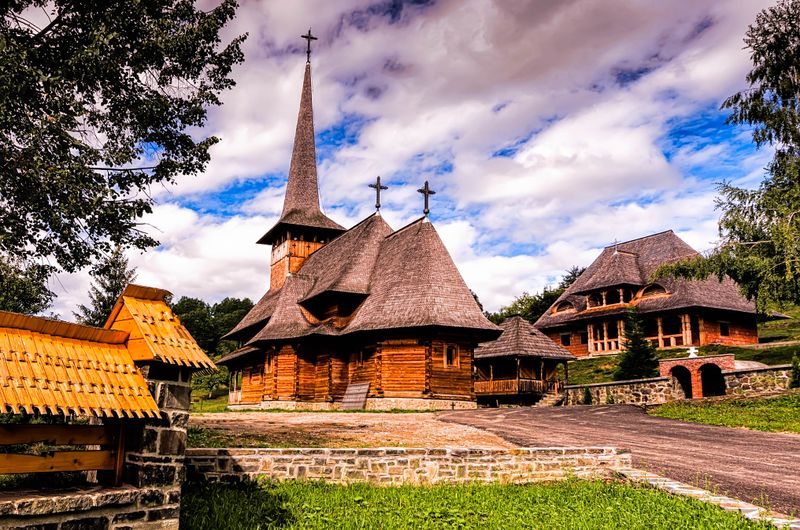
Step back in time in this remote northern region where wooden churches with needle-like spires rise above traditional villages. Eight of these churches are UNESCO-listed, featuring incredible interior paintings and craftsmanship without using a single nail.
Carved wooden gates mark the entrances to family compounds – the more elaborate the carvings, the higher the family’s status. The Merry Cemetery in Săpânța takes a colorful approach to death with bright blue crosses depicting the deceased’s life story.
Horse-drawn carts still transport hay along country roads, and many families make their living through traditional crafts like weaving, woodcarving, and pottery. Visiting feels like traveling a century back in time.
18. Prizren, Kosovo
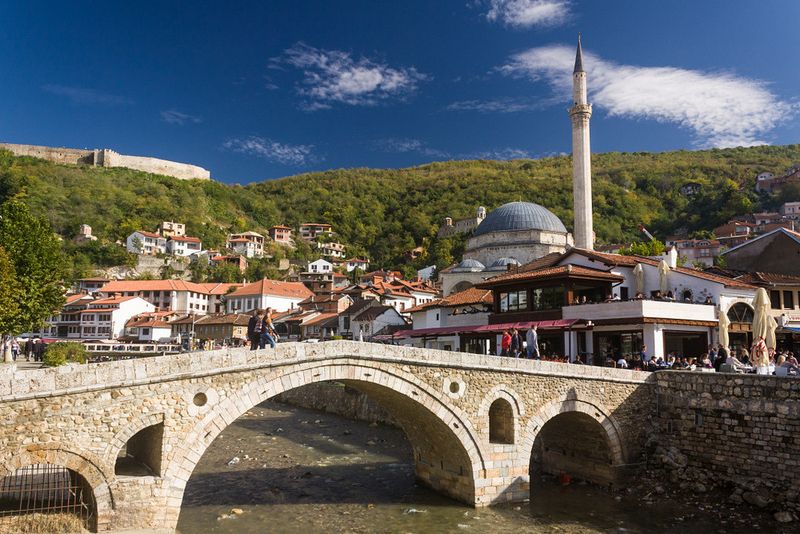
Kosovo’s cultural capital charms visitors with its well-preserved Ottoman architecture and lively atmosphere. The stone bridge arching over the Prizren Bistrica River creates a focal point for the old town, with the hillside fortress watching from above.
Minarets and church towers rise above the red-tiled roofs, reflecting the city’s diverse heritage. The Sinan Pasha Mosque and Orthodox Cathedral stand just blocks apart. Summer evenings bring locals and visitors to the riverside restaurants and cafes.
If you’re lucky enough to visit during Dokufest (August), you’ll experience the international documentary film festival that transforms the entire city into an open-air cinema with screenings in unexpected places like the riverbed and fortress.
19. Rhodope Mountains, Bulgaria
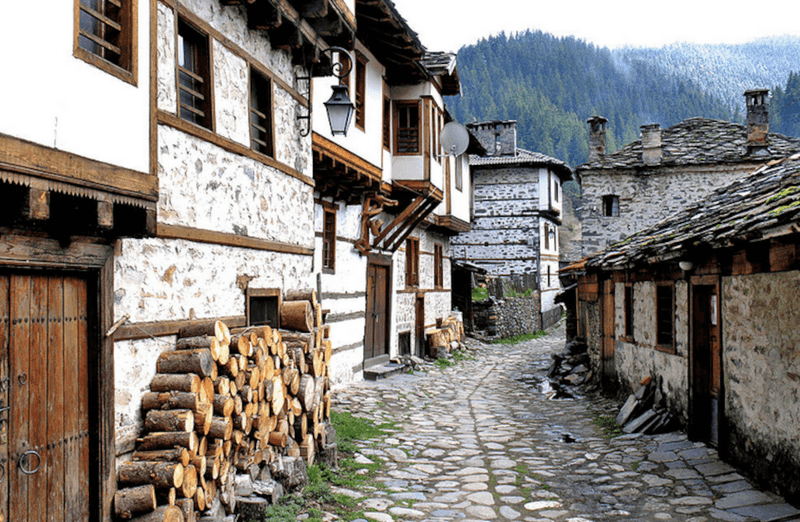
Myths and legends fill the air in these ancient mountains that Greeks believed were home to the god Dionysus. The haunting music of the kaval (wooden flute) still echoes through deep gorges and forests that hide traditional stone villages.
Don’t miss the Devil’s Throat Cave, where rushing water disappears underground – locals say this is where Orpheus descended to the underworld. The nearby Wonderful Bridges are natural rock arches formed by a collapsed cave system.
Stone villages like Shiroka Laka preserve authentic architecture and traditions. Many families welcome guests for homestays, offering home-cooked meals featuring local specialties like patatnik (potato and cheese pie).
20. Vis Island, Croatia
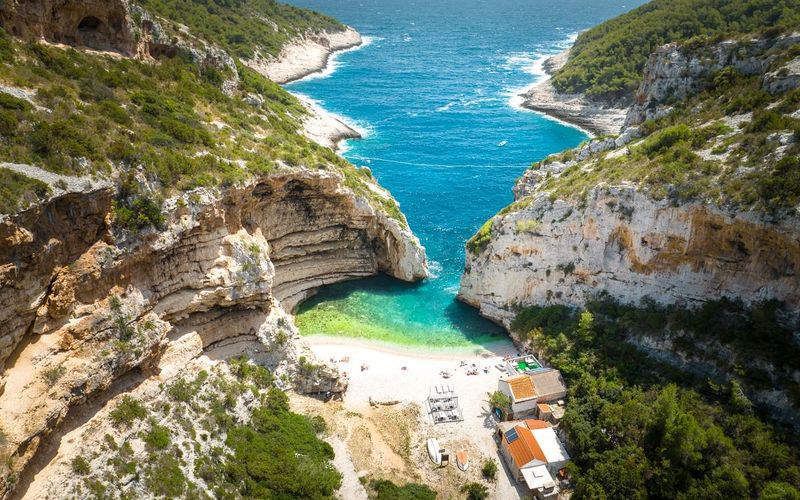
Far from the mainland and closed to foreigners until 1989 (it was a Yugoslav military base), Vis remains Croatia’s most mysterious island. This isolation preserved its authenticity when other islands became tourist hotspots.
Two main towns – Vis and Komiža – offer different characters: Vis Town with its elegant Venetian architecture and Komiža with its fishing village charm. Between them lie vineyards producing the island’s famous white wine, Vugava, cultivated since ancient Greek times.
Rent a scooter to discover hidden beaches like Stiniva – a small pebble cove enclosed by towering cliffs with crystal clear water that seems to glow from within.
21. Berat, Albania

They call it the “City of a Thousand Windows” for good reason – white Ottoman houses climb up the hillside with their wooden-framed windows seemingly watching over the Osum River below. This architectural uniformity earned Berat UNESCO World Heritage status.
The town is divided into three historic neighborhoods: Mangalem (traditionally Muslim), Gorica (Christian), and Kalaja (the castle district). Walking through the castle area feels like exploring an open-air museum where people still live among Byzantine churches and Ottoman mosques.
After sightseeing, cool off with a swim in the nearby Bogova Waterfall – a series of crystal-clear pools fed by mountain springs that locals consider their secret paradise.
22. Olympus Riviera, Greece

Where else can you swim in the Aegean Sea while gazing up at the mountain home of the ancient Greek gods? This stunning coastline sits in the shadow of Mount Olympus, creating a unique beach destination with mythological significance.
The town of Litochoro serves as the gateway to both mountain hiking trails and beautiful beaches. Traditional tavernas serve fresh seafood and local specialties like spinach pie drizzled with mountain honey.
For the ultimate experience, split your time between relaxing on golden sand beaches and exploring the mountain’s lower slopes where wildflowers bloom and waterfalls cascade through forests said to be home to nymphs and dryads.
